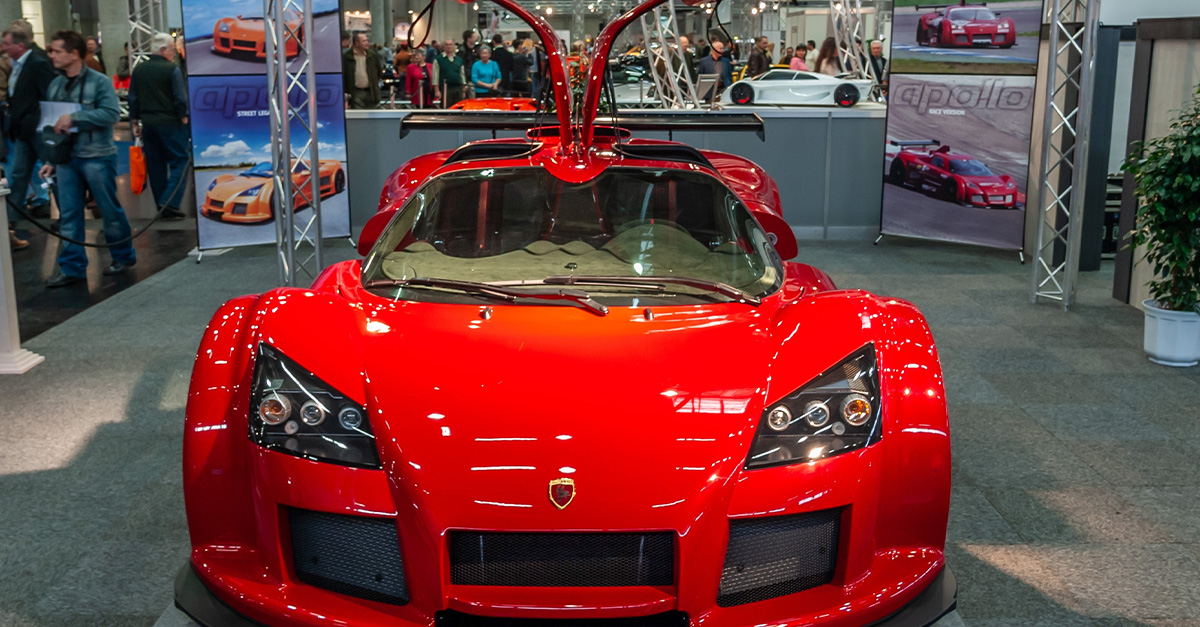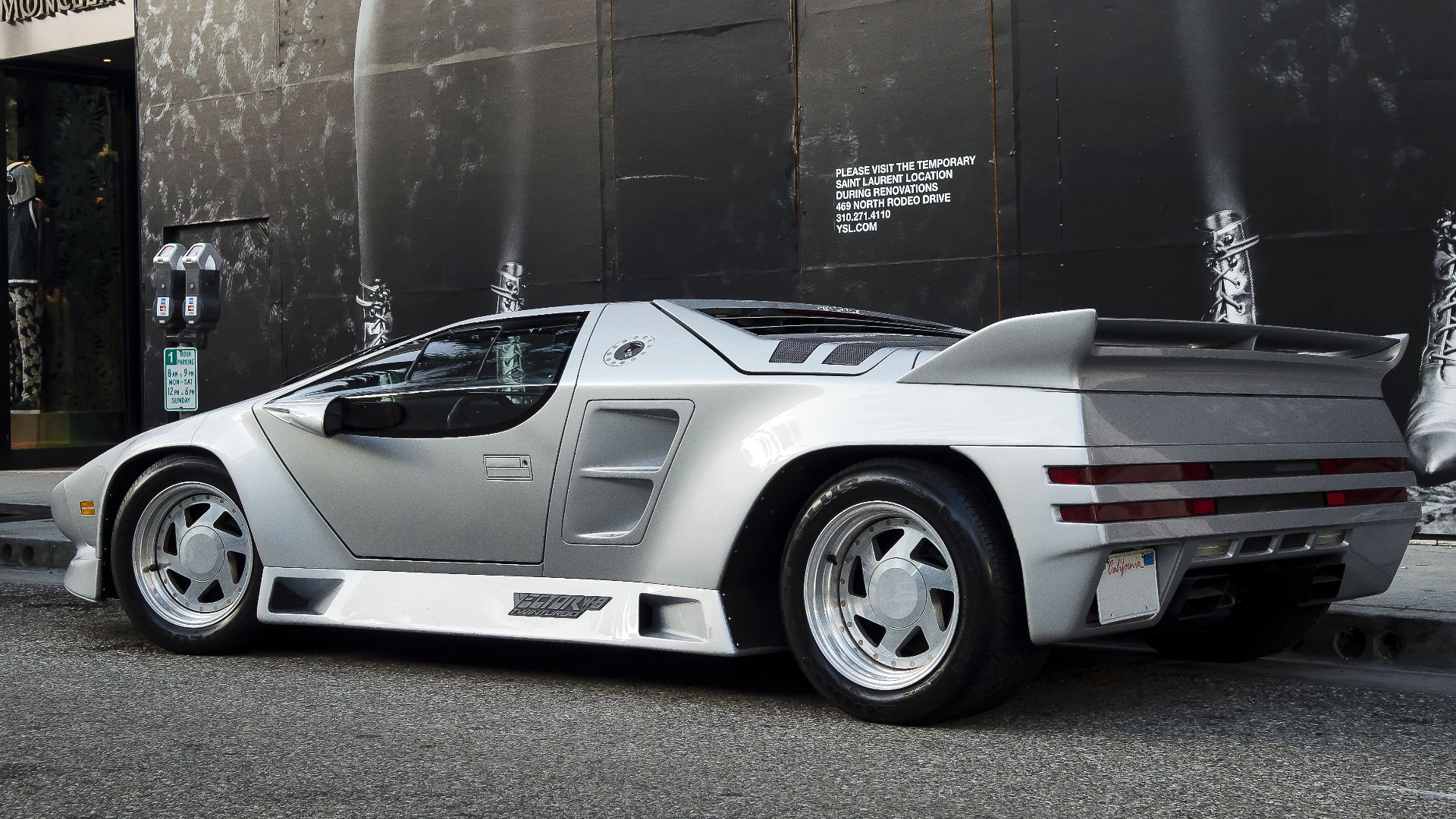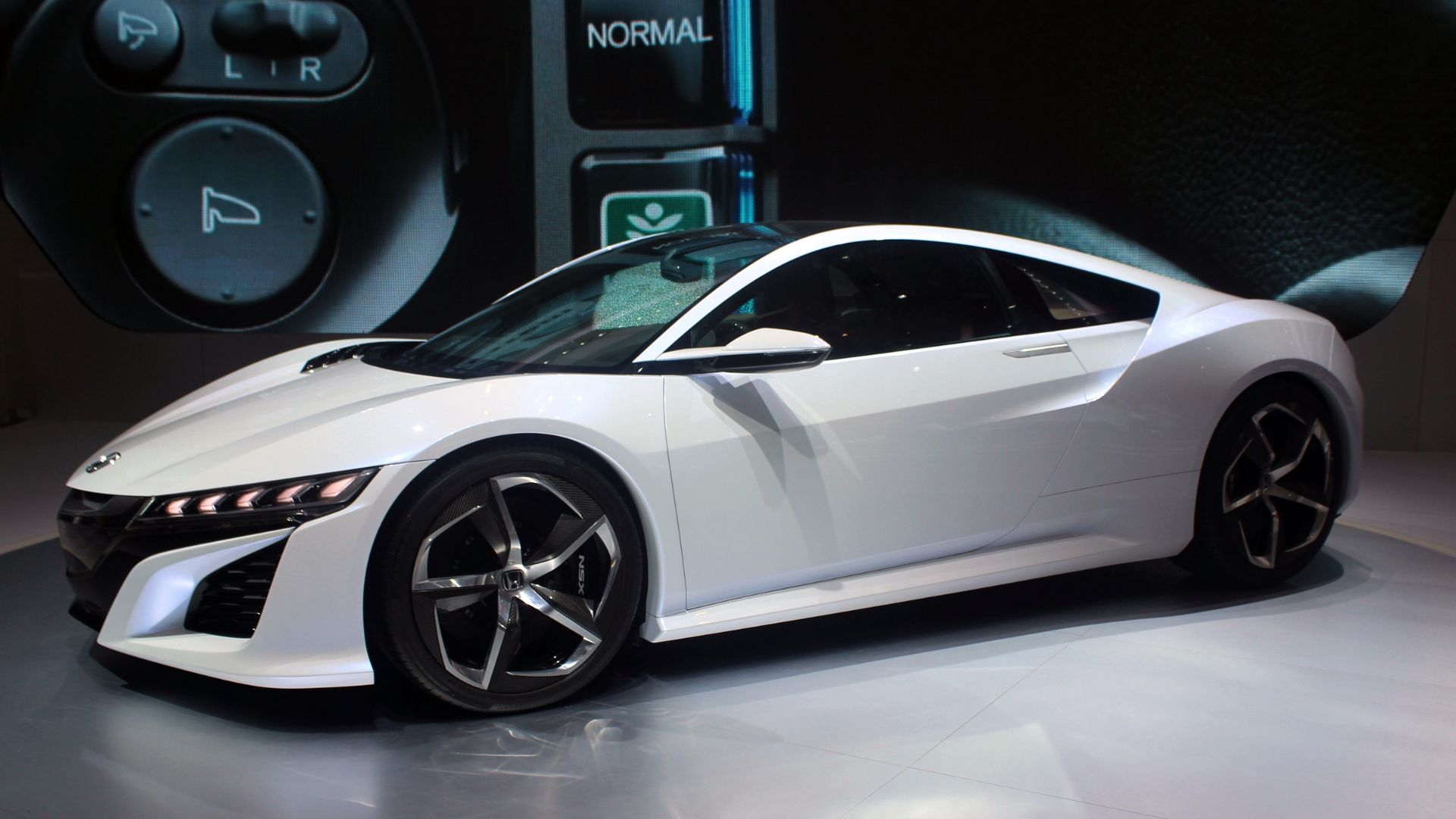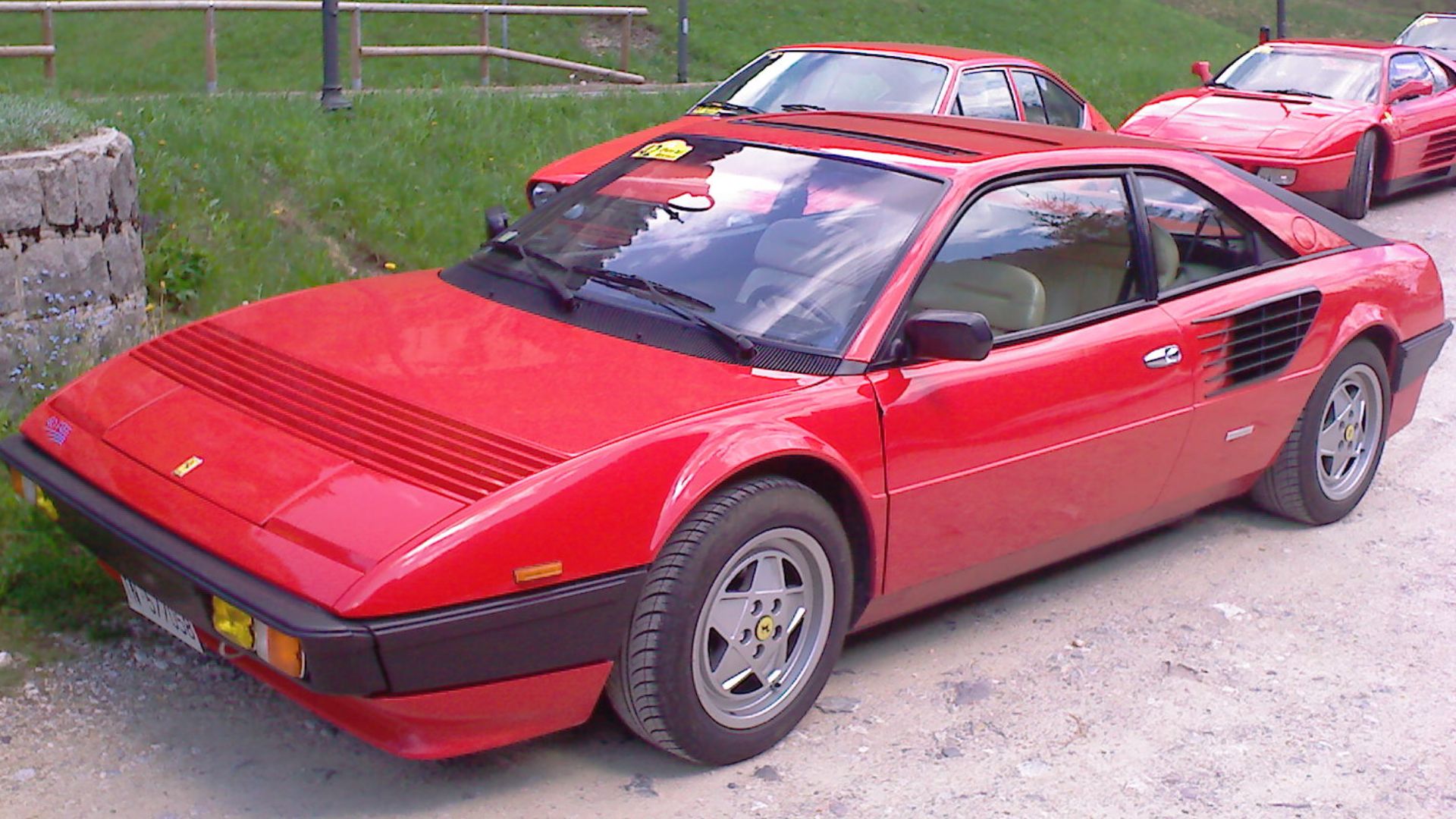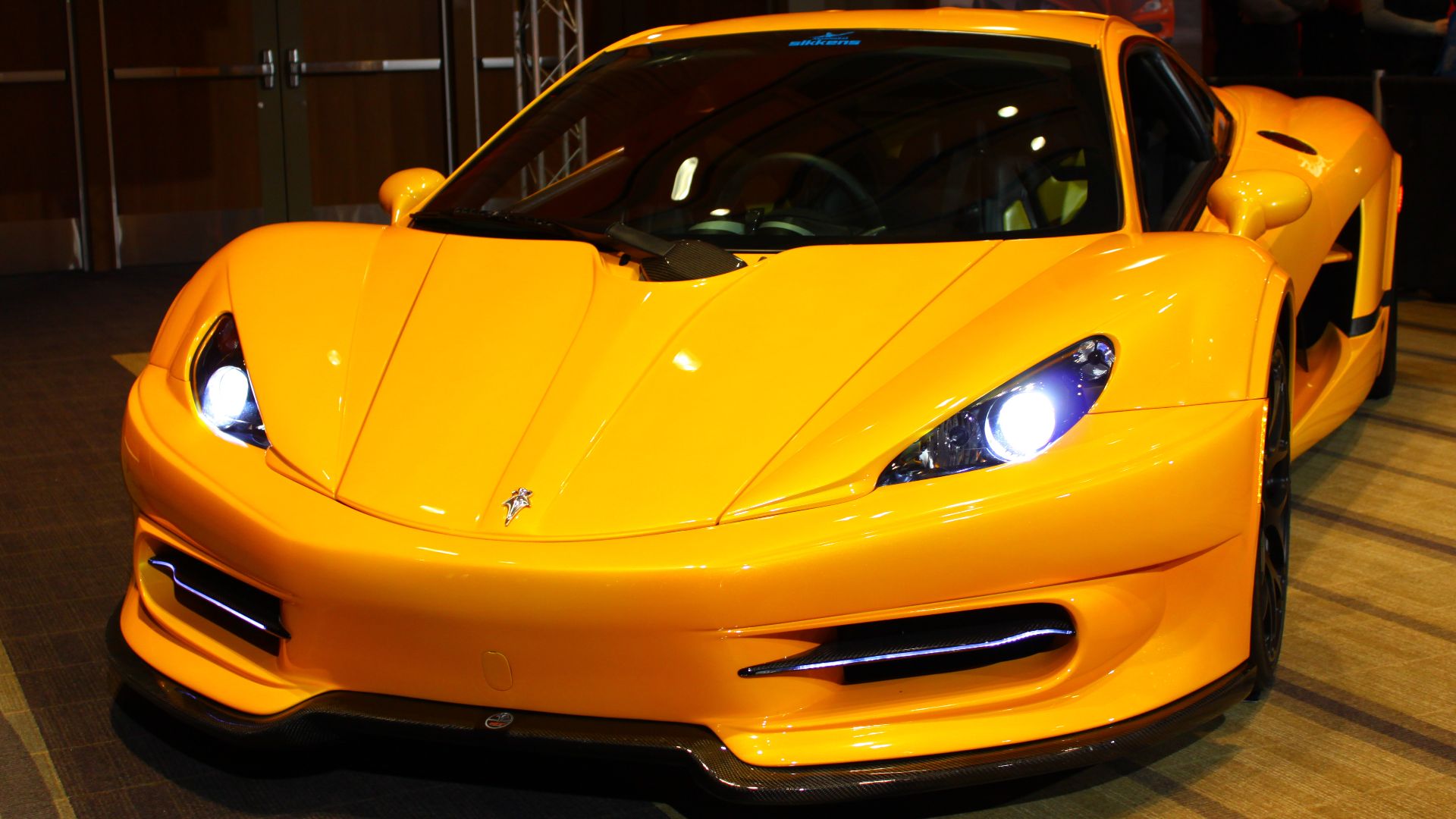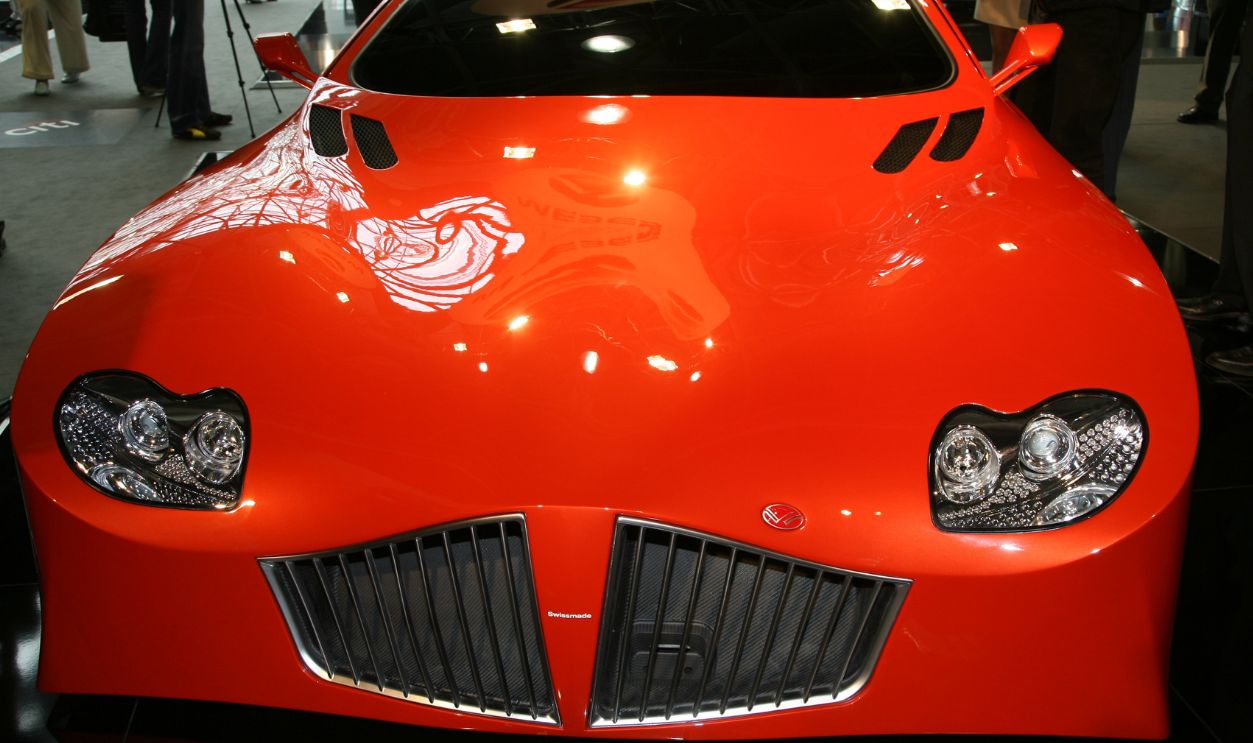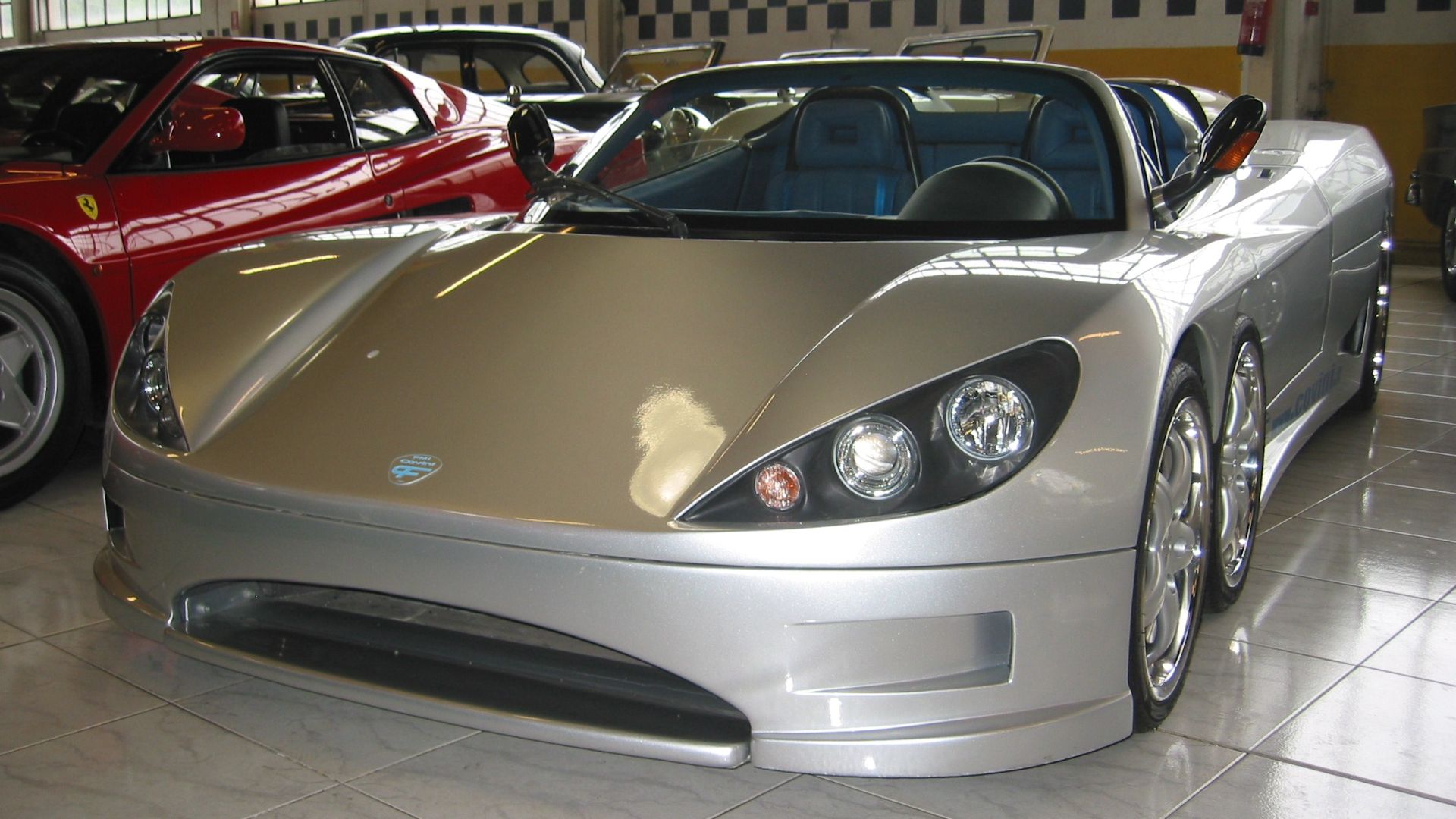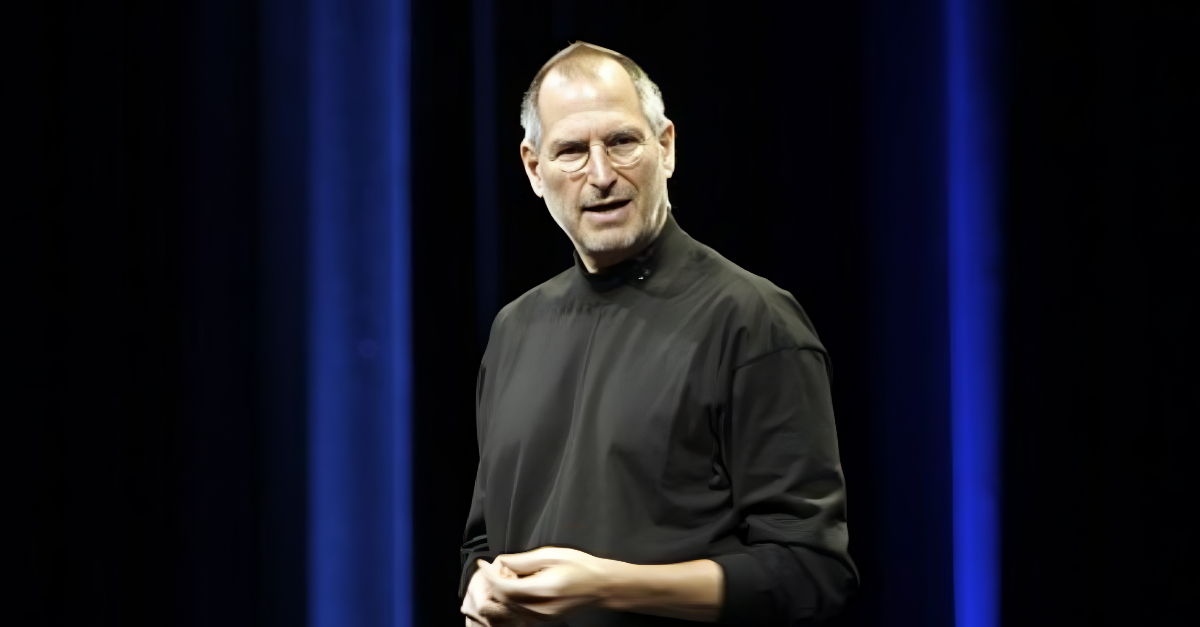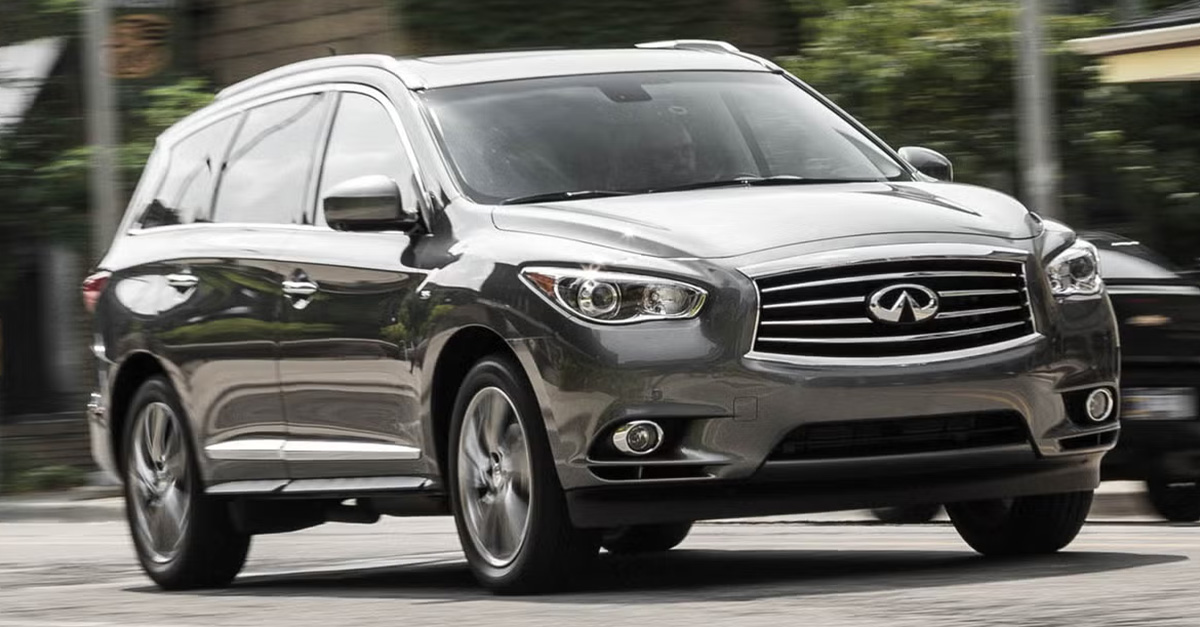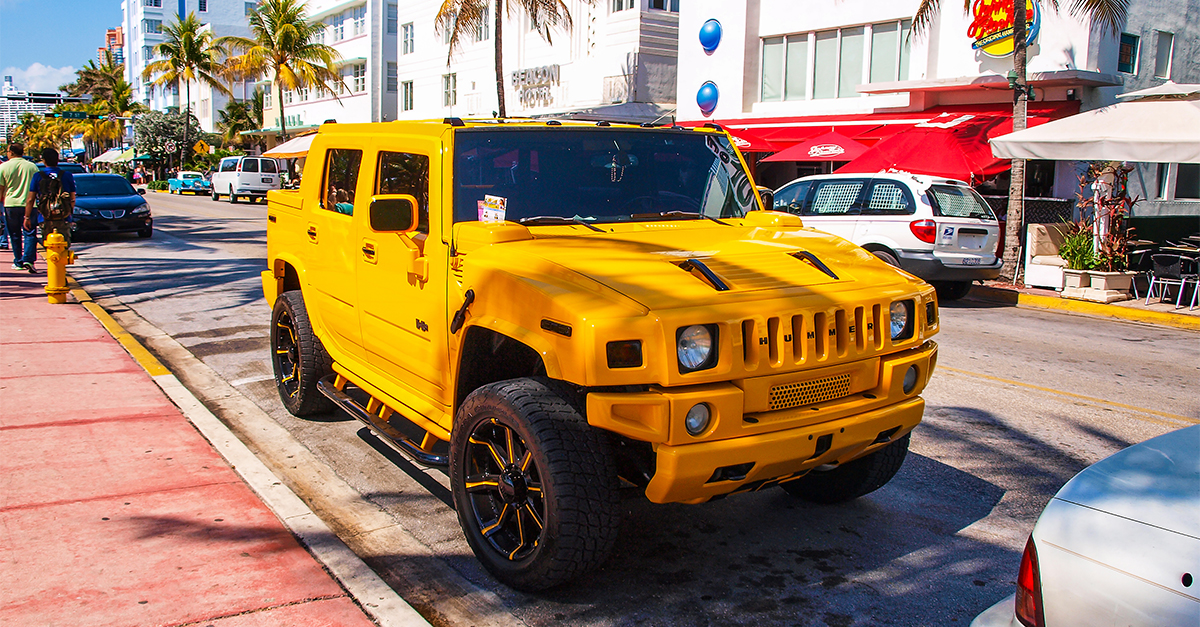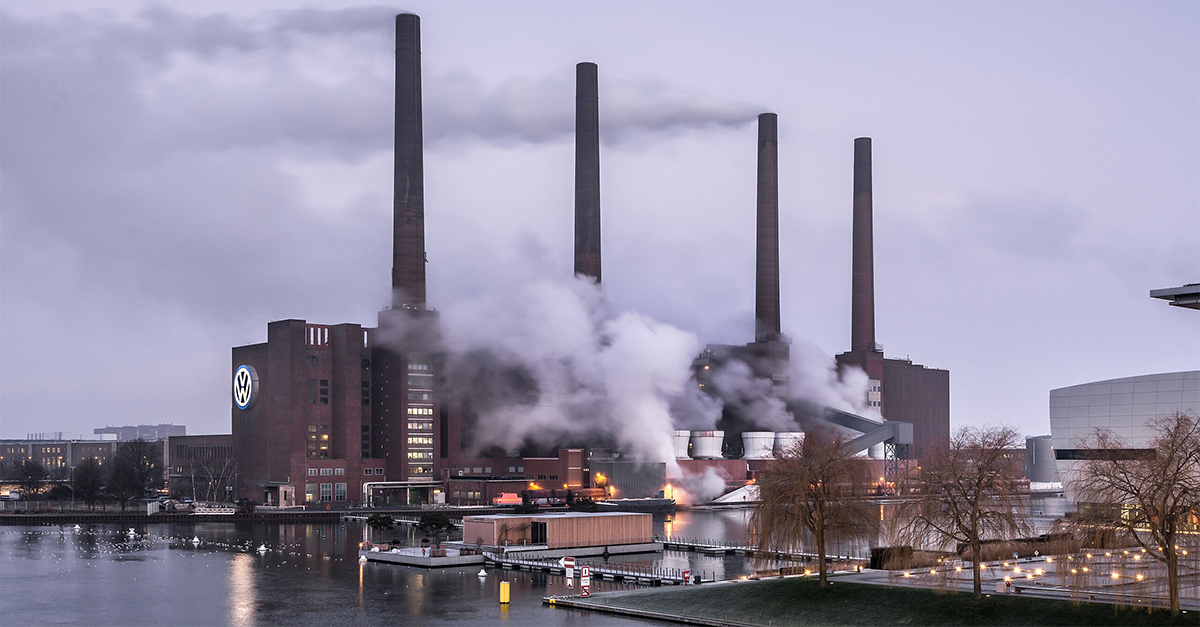You're Forgiven For Never Having Heard Of These Supercars
Supercars are fast, furious machines with 200+ mph top speeds and breakneck 0-60 mph times. They often tend to come from household names in the supercar industry, like Lamborghini, Ferrari, Bugatti, Porsche, and so on. But these supercars? You probably haven't heard of most of them.
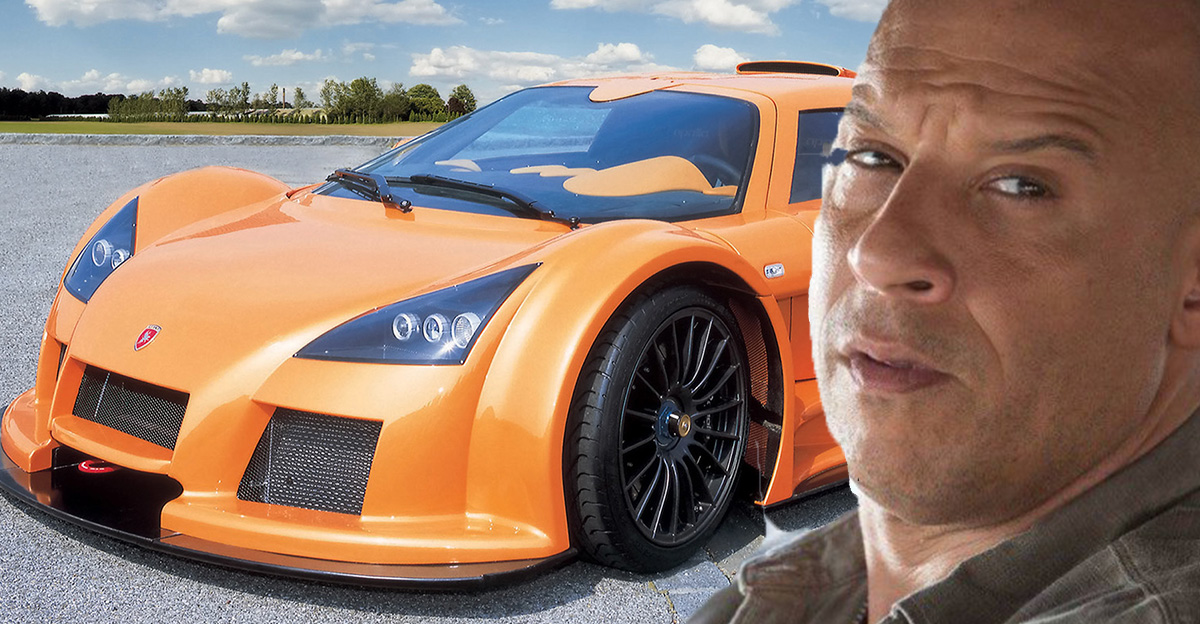
Gumpert Apollo
Admittedly, "Gumpert Apollo" doesn't exactly scream "memorable" as a name. Powered by a twin-turbocharged 3.3L V8 engine that produced an astonishing 641 hp and set a Nürburgring lap record of 7:11:25, the car was designed by Roland Gumpert in the early 2000s in Germany and intended to bring back the days of street-legal supercars. With a claimed top speed of 223 mph, the Apollo was a beast. Unfortunately, Gumpert filed for bankruptcy in 2013, ending production of the Apollo.
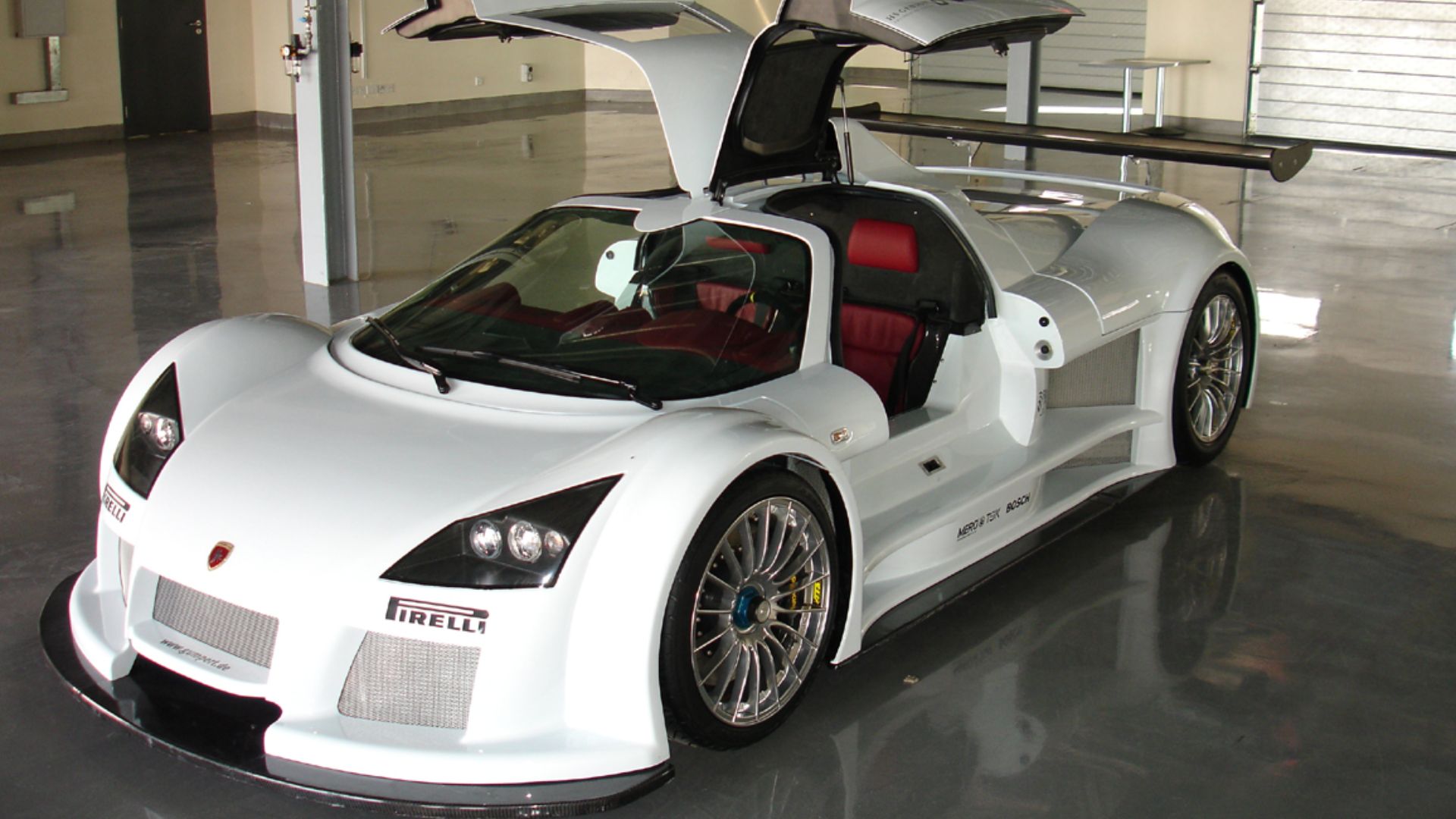 GUMPERT Sportwagenmanufaktur GmbH, Wikimedia Commons
GUMPERT Sportwagenmanufaktur GmbH, Wikimedia Commons
Lamborghini Jalpa
Lamborghini's most forgettable supercar: the Jalpa. Even Ferrari's greatest rival and creator of the imperial Murcielago swung and missed sometimes. The Jalpa was that miss. The Jalpa's problem was that it was released alongside the Lamborghini Countach as an "affordable" option. The other issue was that its low-power V8 engine produced just 255 hp and took six seconds to hit 60 mph. Only 420 were produced in six years between 1982 and 1988.
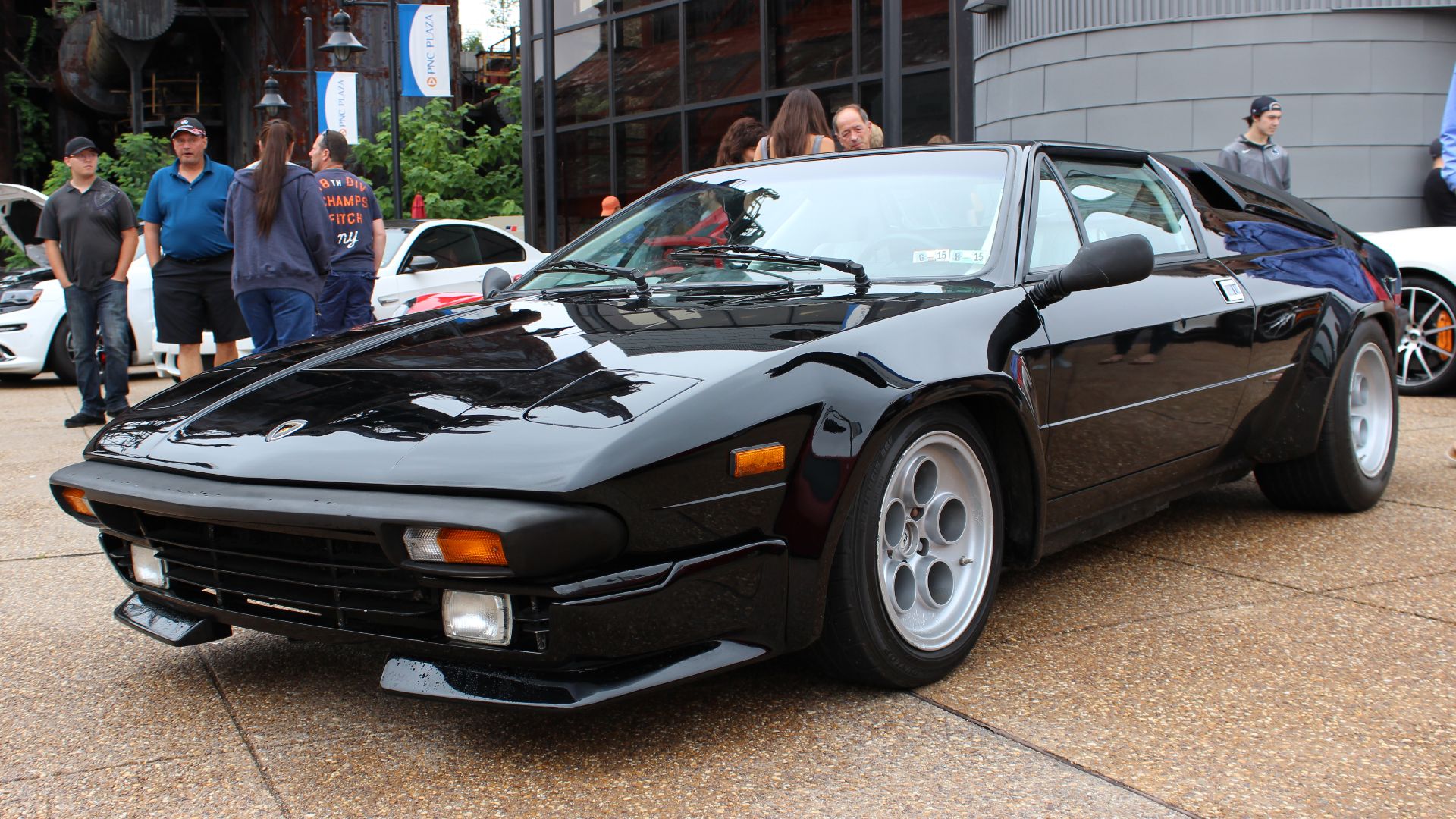 ilikewaffles11, Wikimedia Commons
ilikewaffles11, Wikimedia Commons
Vector W8
Vector? Like the breakfast cereal? Well, yes, but instead it's a supercar that you've never heard of. In the 1970s, Vector sought to challenge Lamborghini and Ferrari and beat them at their own game. I hear a chuckle from Enzo and Ferruccio, don't you? That's because the Vector W8 cost $225,000—then, within a decade, it had ballooned to $450,000. It was powered by a 6.0L twin-turbocharged V8 engine that could get the W8 past 240 mph.
TVR Sagaris
"Sagaris" is the name of an ancient Persian battle axe. Unfortunately for British car manufacturer TVR, despite the battle axe nomenclature, the Sagaris wouldn't cut through much more than a block of aged cheese. It was discontinued after just one year and 211 units after it became apparent it was rife with problems like water leakage, unstable handling, and poor build quality.
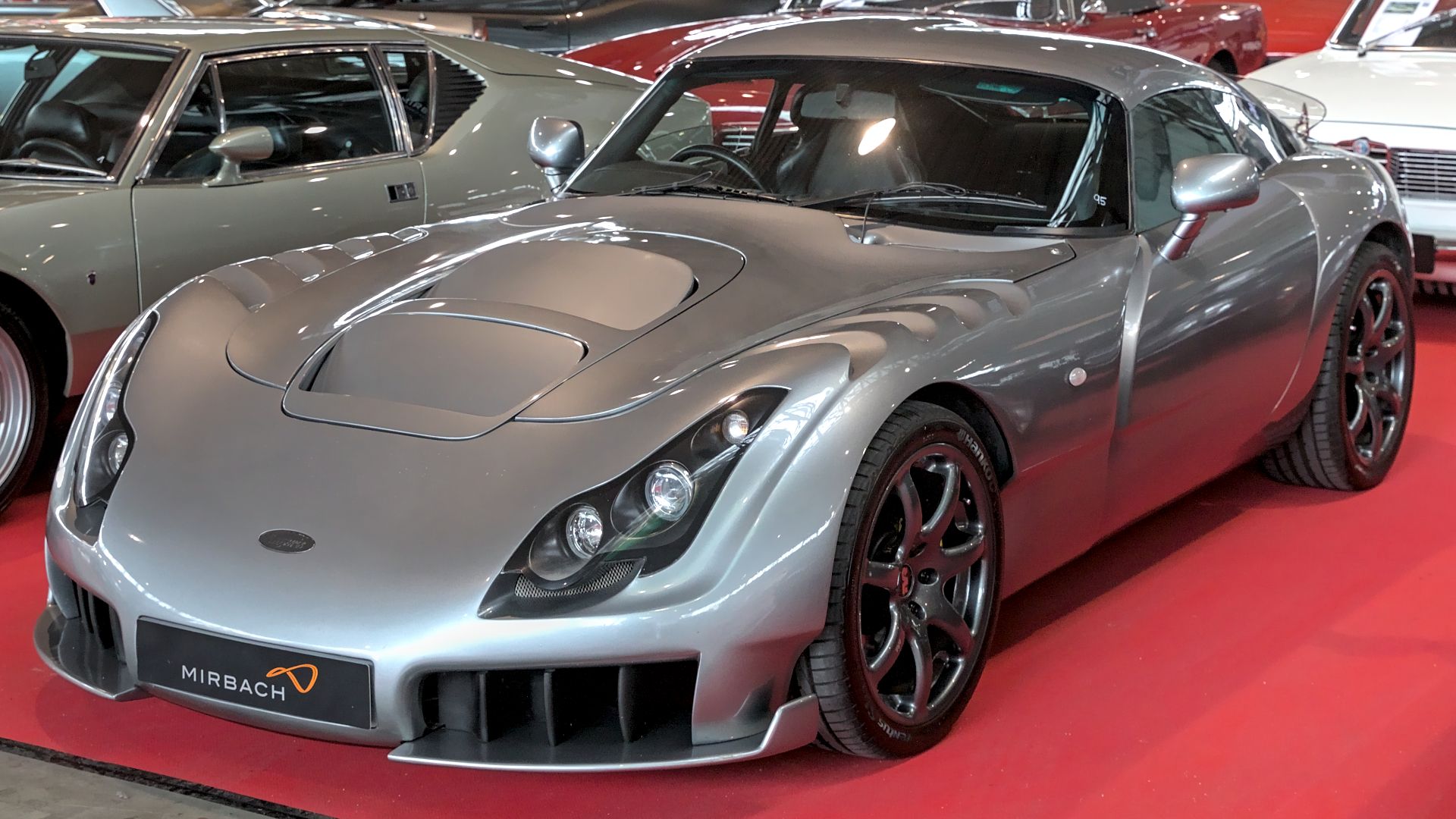 Alexander-93, Wikimedia Commons
Alexander-93, Wikimedia Commons
Bricklin SV-1
A Canadian supercar that's a bit obscure is the Bricklin SV-1. We say "obscure", but we really mean it's a stain on Canadian automotive history. It was so safe that it took all the fun out of driving it. It was like driving an overpowered, overweight boat. It lasted just two years before being slowly yanked from the market.
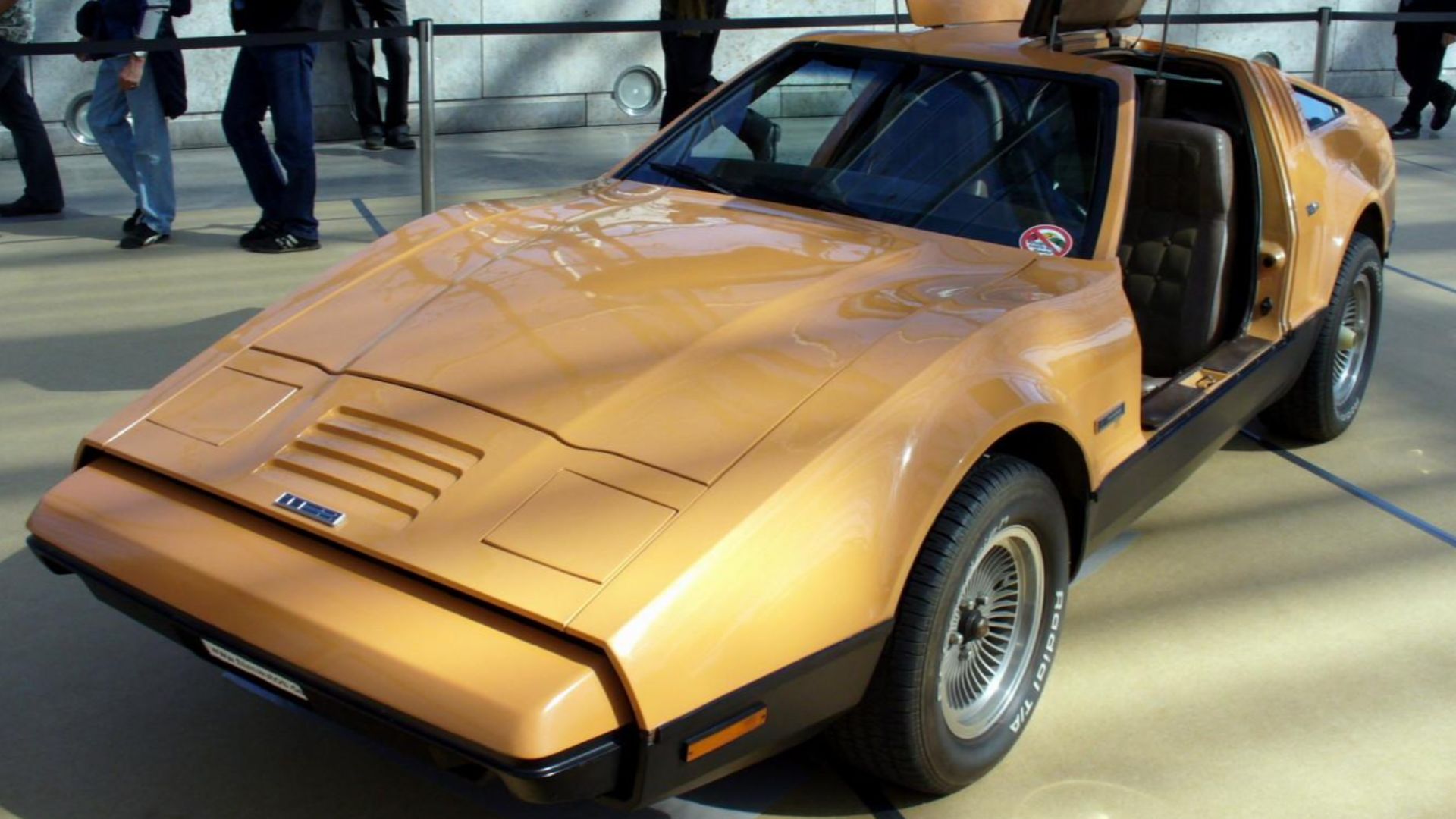 Thomas doerfer, Wikimedia Commons
Thomas doerfer, Wikimedia Commons
Bugatti EB-110
Before Bugatti designed such incredible supercars as the Veyron and the Chiron, they built their predecessor: the EB-110. With a quad-turbocharged engine that produced 603 hp and a top speed of 220 mph, the EB-110 was one of the most technologically-advanced cars of its era. Right car, wrong time. A time of economic downturn in the early 1990s saw the EB-110 cease production after 1995, when Bugatti S.p.A folded.
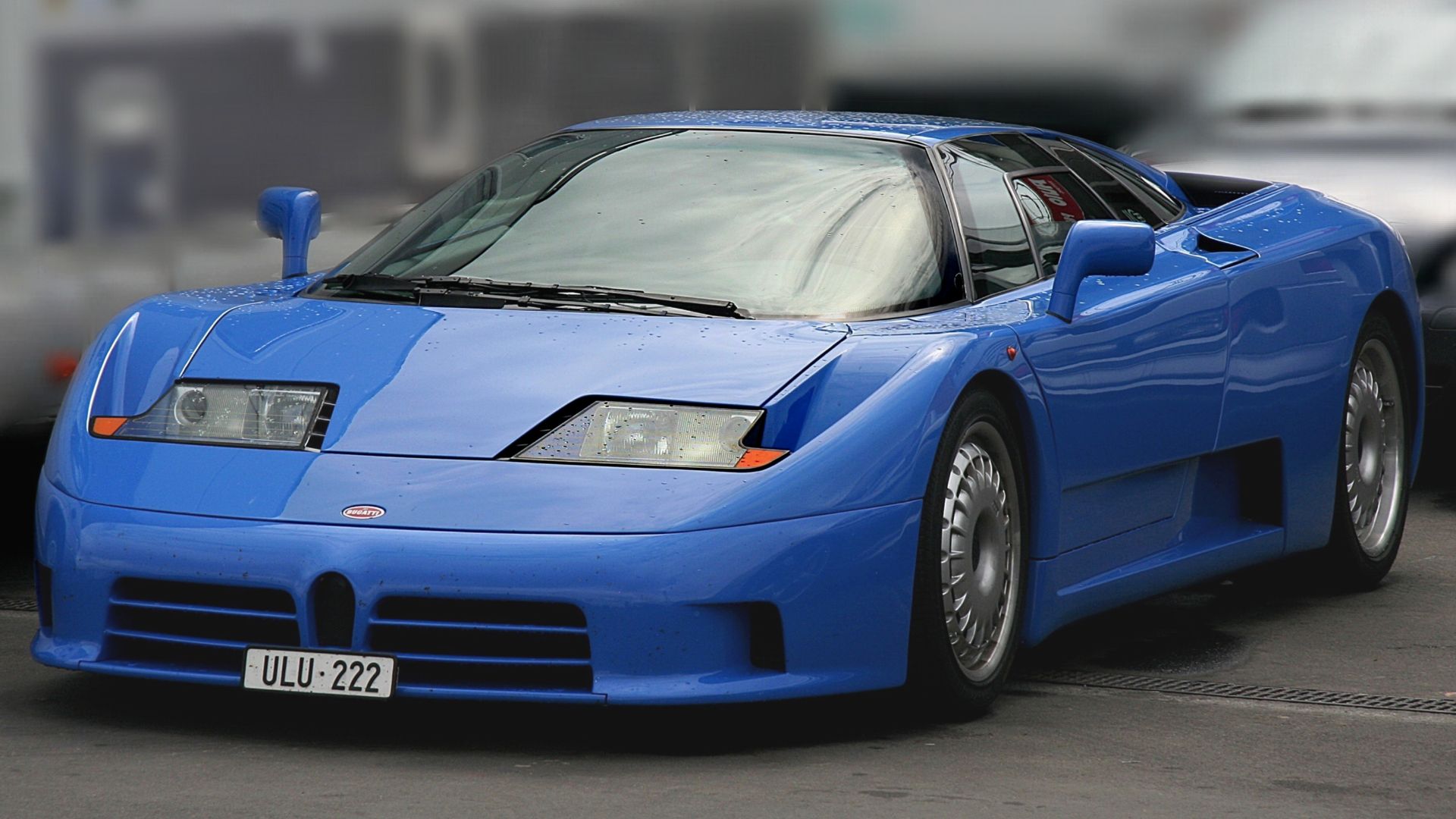 Lothar Spurzem, Wikimedia Commons
Lothar Spurzem, Wikimedia Commons
Jaguar XJ220
The Jaguar XJ220 was a wild attempt by Jaguar to follow-up on the super successful XJ120. It showed a huge amount of promise, too, when it set a Nürburgring lap time of 7:46:26, making it the fastest production car in the world in 1991. The concept was unveiled in 1988 and Jaguar took 1,500 deposits of $50,000 for the car, which was expected to be delivered in 1992. Unfortunately for Jaguar, emissions regulations and engineering resulted in the V12 engine becoming a V6 and many buyers dropping out entirely.
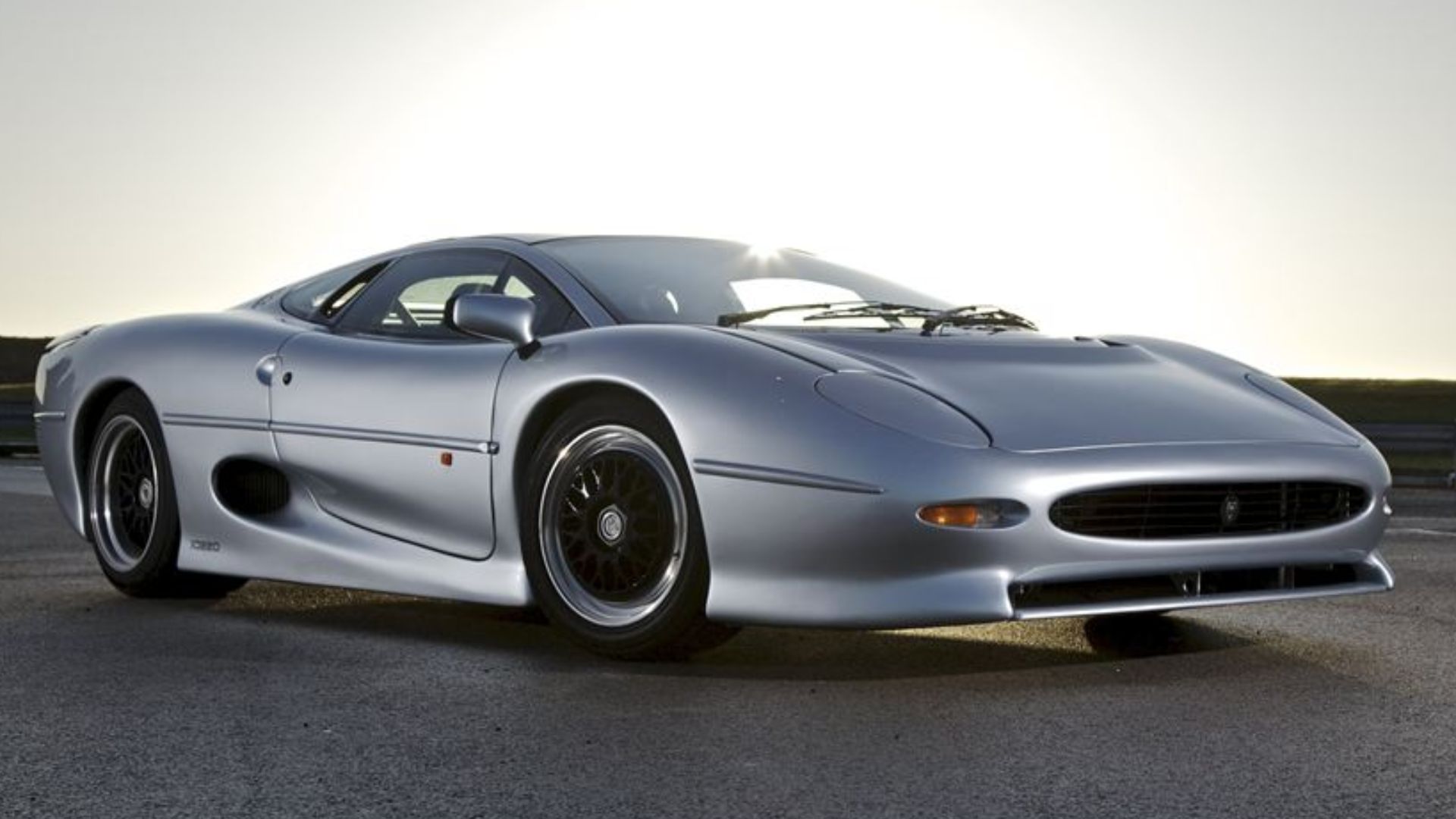 Jaguar Cars, Wikimedia Commons
Jaguar Cars, Wikimedia Commons
2nd-Generation Acura NSX
The second-generation Acura NSX was supposed to rival the Audi R8 and Porsche 911 when it was unveiled in 2016, complete with a hybrid powertrain: a 3.5L V6 engine that produces 500 hp, combined with three electric motors, which brought the total output to 573 hp. Produced between 2017 and 2022, just 2,908 models were built during that time. Tough, considering the first-gen NSX is something of an icon.
Ferrari Mondial 8
You know what's definitely not iconic? The Ferrari Mondial 8, the little Ferrari supercar that was underpowered and overpriced. Its pithy V8 engine (Ferraris almost always used a V12) produced just 214 hp, which was shockingly low by Ferrari standards, and i's wedge shape reminded Ferrari lovers all too much of the Lamborghini Countach. It was heavier and less aerodynamic than its competition. Completely underwhelming.
Aston Martin Virage
The Virage might as well have been spelled "Mirage", as that's what Aston Martin saw when it introduced this car to fill a "gap" in the market between the Aston Martin DB9 and the DBS. One small problem: the Virage was unnecessary and powered by a 5.9L V12 engine that produced 490 hp. It was a fine supercar from Aston, but a little unnecessary, especially at $210,000 a pop.
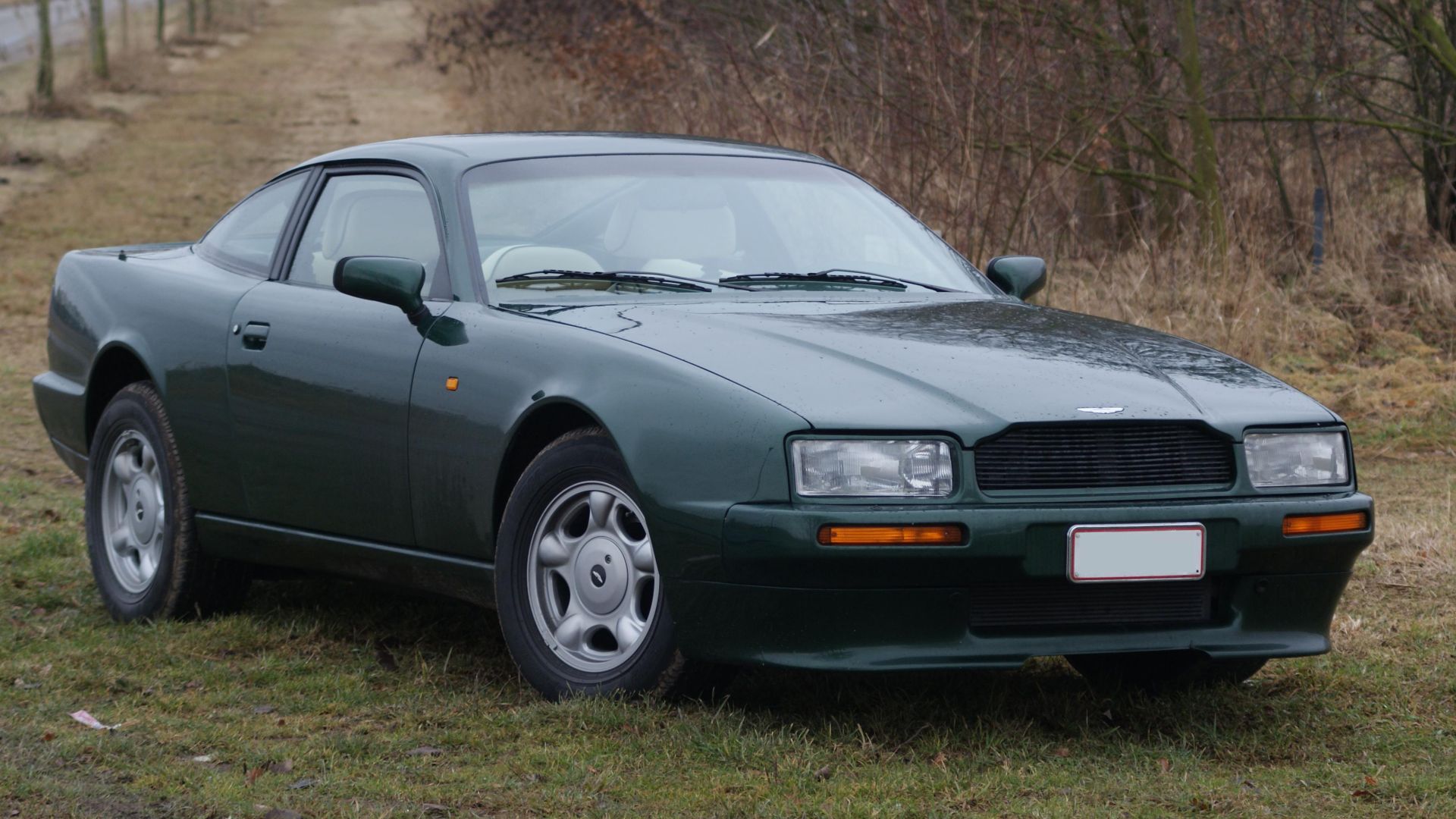 Ben from Weert, Netherlands;cropped by uploader Mr.choppers, Wikimedia Commons
Ben from Weert, Netherlands;cropped by uploader Mr.choppers, Wikimedia Commons
HTT Pléthore
The HTT Pléthore was a Canadian sports car that first appeared on the CBC show Dragon's Den in 2011. Powered by a supercharged 6.2L V8 engine that produced 750 hp, there was also a more powerful option that produced 1,100 hp. The transmission failed during a test drive of the thing and the start-up was never able to secure more funding.
Weber Faster One
Weber is a company you probably won't have heard of. They're Swiss, started by Roman Weber in 1988 with a singular goal of creating the world's fastest production car. Nearly 20 years of production went into producing just one Weber Faster One. It had power steering, electric windows, scissor-style doors, and was powered by an LS7 GM V8 engine, which supposedly gave it an unsubstantiated top speed of 225 mph. Unfortunately, we've never seen one in real life, but rare pictures also point to the fact that it looks like it was drawn by a 10-year-old with crayons.
Hofstetter Turbo
In 1984, Brazilian Mario Hofstetter created the Hofstetter Turbo and the Hofstetter Company. He and the company built 18 supercars between 1986 and 1991, borrowing a 1.8L inline-four engine from a Volkswagen Passat, sticking a turbocharger on it, causing the car to produce 140 hp. Its top speed was reportedly 147 mph, and it had gull-wing doors—an automatic claim to fame in the 1980s.
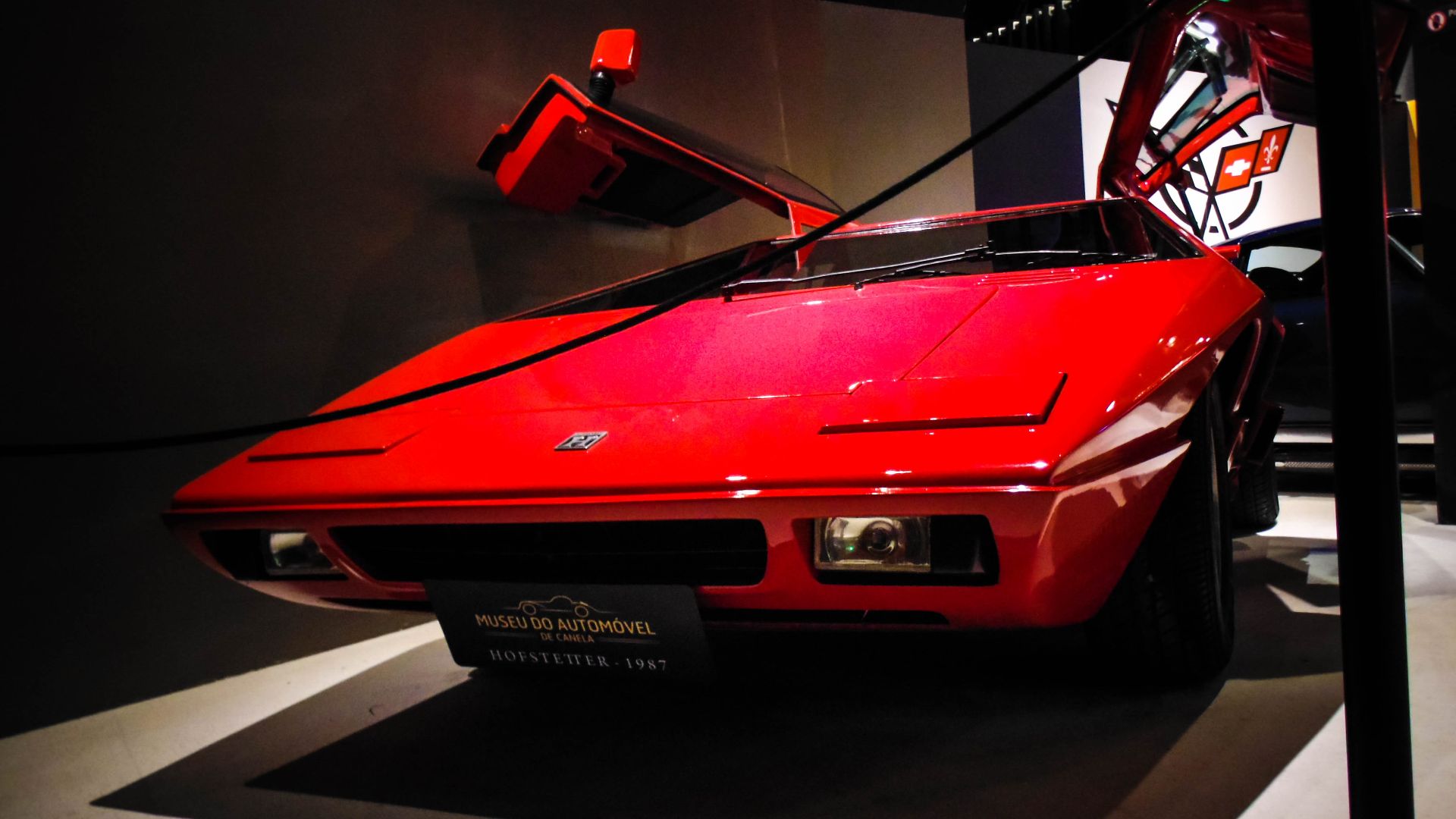 Bruno Sousa, Wikimedia Commons
Bruno Sousa, Wikimedia Commons
Cizeta-Moroder V16T
Wait, that's not a Lamborghini? No, it just looks a lot like one. Apparently, the Cizeta Moroder V16T used to be a Lamborghini Diablo, or at least a very near replacement for it, until Chrysler bought Lamborghini and stuffed the design on the shelf. It was sold to a man named Claudio Zampolli who hired six ex-Lambo guys to build the Cizeta Moroder V16T. Powered by a V16 engine that produces 540 hp, just six of these cars exist and they are priced at $1.54 million each.
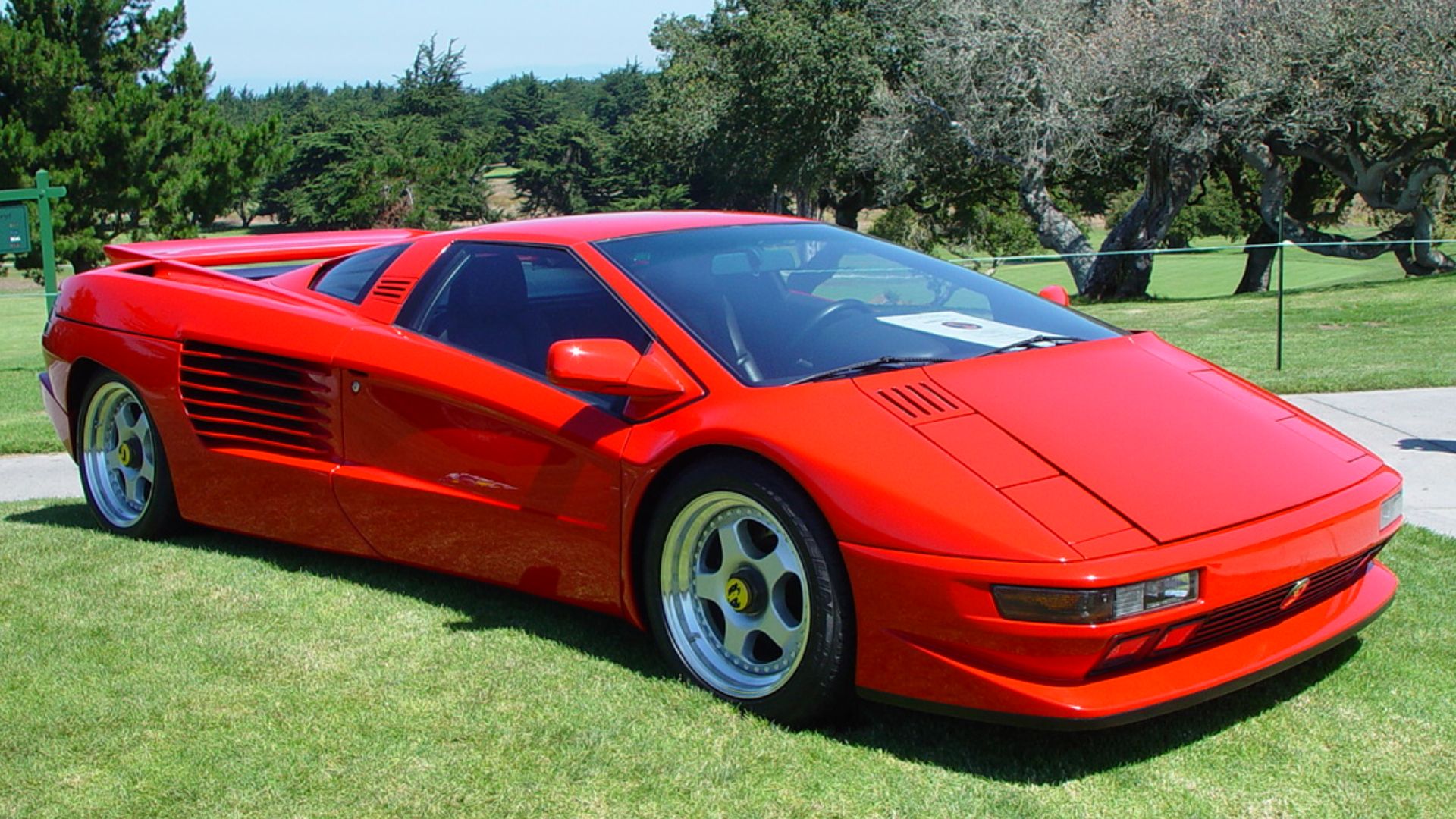 Craig Howell from San Carlos, CA, USA, Wikimedia Commons
Craig Howell from San Carlos, CA, USA, Wikimedia Commons
Caparo T1
The Caparo T1 was developed by the British company Caparo Vehicular Technologies, as a "road-going Formula One car". And it could go. It took 2.5 seconds to reach 60 mph, and 5 seconds to reach 100 mph. Its top speed was 205 mph. Unfortunately, the T1's manufacturer produced just 15 cars.
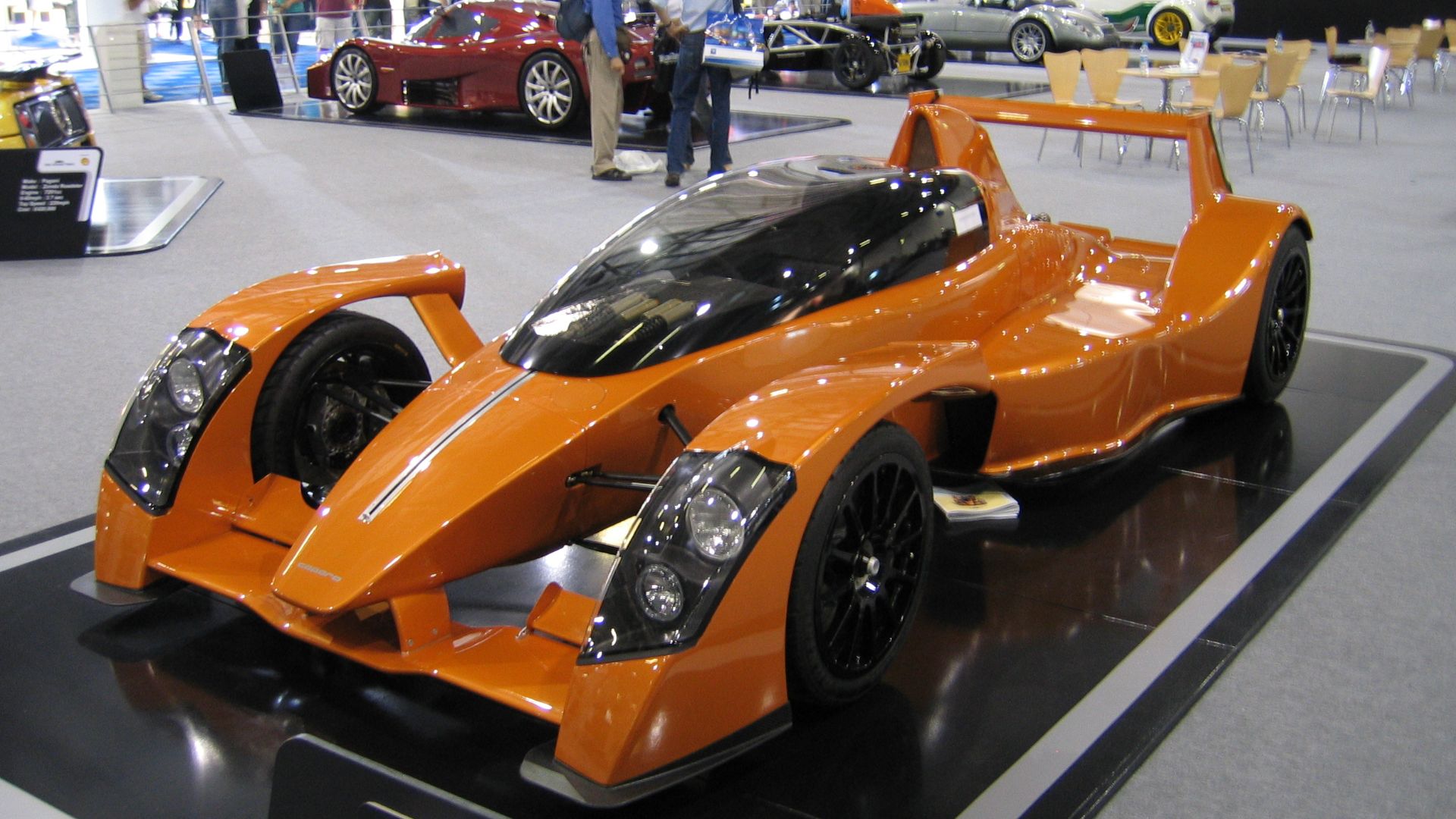 Robin Corps from Crowthorne, England, Wikimedia Commons
Robin Corps from Crowthorne, England, Wikimedia Commons
Covini C6W
The Covini C6W was one of the world's first six-wheeled supercars and was built between 2004 and 2016, powered by a 4.2L V8 engine with a top speed of 186 mph. Between six and eight were slated to be produced each year, but most of those never came to fruition. The company and their six-wheeled sports car remain something of an enigma.
 Thomas Vogt, Wikimedia Commons
Thomas Vogt, Wikimedia Commons
Tatra MTX
Finally, the Tatra MTX was a Czech supercar produced in 1991. One of the oldest car companies in the world still in business, Tatra of the Czech Republic dipped their toes briefly into the sports car market in the early 1990s, producing the MTX with scissor doors, pop-up headlights, and a top speed of 165 mph. It was the fastest Czech car produced at the time. A factory fire permanently ended production of the Tatra, and we're unsure exactly how many were built.
Which Of These Supercars Did You Know Existed?
Had you ever heard of the six-wheeled supercar from Covini? Or the Canadian supercar that didn't get off the starting line? Which of these supercars had you heard of? Which would you buy if money was no option? Let us know in the comments below.
You May Also Like:
Popular SUVs To Avoid At All Costs
Ferrari Flops: The Best Of The Worst Prancing Horses

